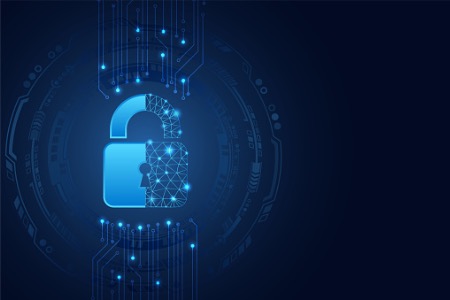
There’s no question that smart homes are a trend that’s here to stay. One research group estimates that 28 percent of U.S. households will be smart homes by 2021. Although smart homes can surely make everyday activities a little more convenient, they can also put homeowners and property owners at risk if they aren’t secured properly. These devices are typically connected over a WiFi network, so it is important to make sure that your network is as secure as possible. Here are a few easy steps you can take to make sure your smart home devices give you maximum security.
Change Your Passwords
It might seem obvious that “pass12345” is not a great password, but it is important to take stock of your online accounts and ensure your login credentials are secure. Generic passwords, while easier to remember, are generally less secure. Typically, more secure passwords contain special characters and numbers and are also unique and different for every account.
Changing the SSID (aka your WiFi network’s name) is also a good idea because it usually defaults to the specific router model you are using in your home. If you own a rental property or multiple properties, this could also be a great change, making it easier to keep multiple networks separate from each other.
Consider Using A Password Manager
In the same vein as cleaning up your passwords, using a password manager makes it even easier to remember more unique passwords, and gives you the freedom to not rely on the somewhat unreliable “remember me” feature on many login screens.
Utilize Multiple WiFi Networks
It might not seem like much, but using multiple connected devices on one network can really bog down your network speed. If a household of four had one smart TV and a cell phone and laptop for each person, that’s nine devices right there. Creating a secondary network means you can designate the essential devices to the primary network and smart devices to the secondary network. That way slow internet speed and overworked bandwidth shouldn’t become an issue.
Upgrade Your Network Security
In the new work-from-home era, it is essential to make sure you keep your computer network safe and secure as well. The home office poses many risks for remote workers, so if your company has access to one, it might be a good idea to connect to a next-generation firewall. These firewalls scan your incoming and outgoing network traffic for potential threats and blocks any potentially harmful activity.
Update Your Devices
Much like updating the software on your mobile device, you should be sure to update the software on your smart devices regularly. Software updates give developers a chance to patch any bugs that may prevent your devices from working properly, which is a vital part in keeping all devices running smoothly
Enable Two-Factor Authentication
While not all smart devices offer this feature, it’s an important one to take advantage of. Two-factor or multifactor authentication uses a secondary device and usually a PIN number to confirm your identity to access the specific program/application you are trying to use. This extra layer of security gives you an additional level of protection in your home.
Is It A Smart Investment?
Smart home devices can make mundane tasks a little easier but come with added security risks if not set up with care. They may be the new normal for homes, after all, considering 1 in 4 US adults now have smart home products in their home.
Some trends point out that smart homes can increase the value of your home by up to 5 percent compared to other non-technology compatible properties in the same neighborhood. Home and property owners can also save money with smart devices that can control heating/air conditioning, and turn lights on and off.
Ultimately, the choice is yours on whether the smart home trend is right for you. The more important point is that if you do use these devices, you make sure you are taking the proper measures to keep them, and your home, safe.
